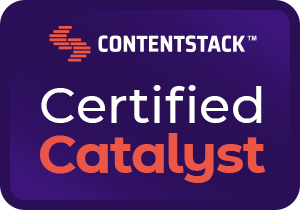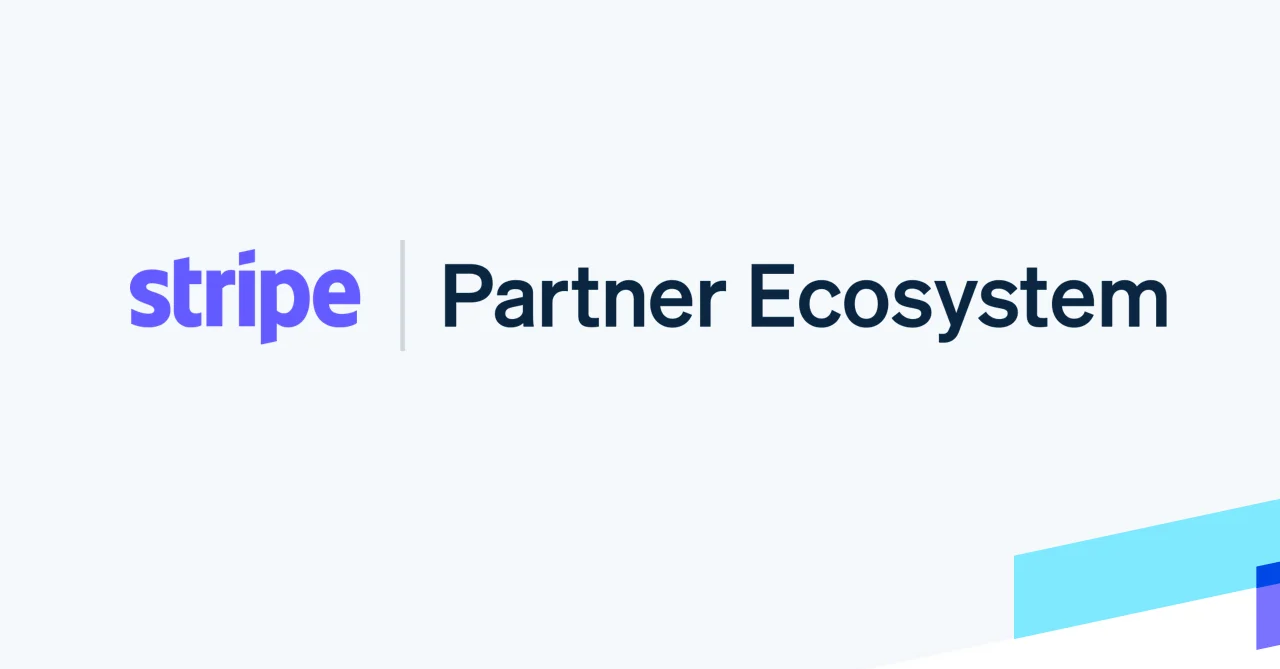Maximizing WordPress: A Developer's Guide to Performance, ADA & Core Web Vitals Compliance
2023-02-06
Every WordPress developer understands the gravity of ensuring a website is fast, accessible, and user-friendly. However, the maze of performance metrics, legal compliances, and SEO benchmarks can be daunting. In this guide, we'll demystify these complexities, offering actionable strategies for supercharging your WordPress site on all fronts.
Why Optimize?
Before diving in, let's understand why these optimizations are vital:
- Performance: A faster site improves user retention and conversion.
- ADA Compliance: Beyond the ethical reasoning, accessibility is a legal mandate in many regions, ensuring all users, regardless of ability, can access your content.
- Core Web Vitals: Introduced by Google, these user experience benchmarks influence your SEO rankings.
1. Performance Optimization:
a. Image Optimization: Images, if not optimized, can be the Achilles' heel of your website's load time.
- Recommendation: Compress images before uploading. Tools like TinyPNG or ShortPixel can drastically reduce image sizes without perceptible quality loss. Also, consider adopting the WebP format, a modern image format providing superior lossless and lossy compression. Plugins like WebP Express can automate this.
Source: Google Developers: Image Optimization
b. Minify & Combine Resources: Each script or stylesheet is an additional HTTP request, which can increase load times.
- Recommendation: Use plugins like Autoptimize to minify and combine JavaScript, CSS, and HTML files.
c. Server Response Time: The foundation of site speed begins with the server it's hosted on.
- Recommendation: Invest in high-quality hosting providers like Kinsta or WP Engine. Additionally, employ Content Delivery Networks (CDN) like Cloudflare to cache content and serve it from the nearest server location to the user.
2. ADA Compliance:
Ensuring your WordPress site is ADA compliant is both a moral and legal responsibility.
a. Semantic HTML: Proper structuring helps screen readers interpret content.
- Recommendation: Use HTML tags as intended. For example, use headings (
<h1>,<h2>, etc.) to denote sections, not just to enlarge text.
b. Keyboard Navigation: Some users solely rely on keyboards to navigate.
- Recommendation: Ensure every interactive element, from links to sliders, is accessible and functional via keyboard inputs.
c. Alternative Text for Media:
- Recommendation: Always provide descriptive 'alt' text for images. It aids visually impaired users to understand the context.
Source: W3C’s Web Content Accessibility Guidelines (WCAG)
3. Core Web Vitals:
a. Largest Contentful Paint (LCP): This gauges loading performance. Ideally, your LCP should occur within 2.5 seconds of page loading.
- Recommendation: Optimize media, minimize CSS, and defer non-critical scripts.
b. First Input Delay (FID): It measures interactivity. Users should be able to interact with your site within 100 milliseconds.
- Recommendation: Break up long tasks, optimize your page's first load, and use a web worker.
c. Cumulative Layout Shift (CLS): This metric assesses visual stability. Aim for a CLS score of less than 0.1.
- Recommendation: Include size attributes on images & videos, and avoid inserting content above existing content.
Source: Google's Core Web Vitals guide
Checklist for Optimizing WordPress Websites:
• Image Optimization: Compress and format images for the web. • Resource Optimization: Minify and combine site resources. • Hosting: Invest in quality hosting. • CDN Use: Implement a CDN solution. • Semantic Structure: Use semantic HTML tags. • Navigation: Ensure keyboard navigation. • Media Accessibility: Provide 'alt' text for all media. • Core Web Vitals: Monitor and optimize for Core Web Vitals.
A well-optimized WordPress site not only ensures better user experience and SEO rankings but also makes the web more inclusive for everyone. While the journey toward performance and compliance can seem arduous, with the right strategies and tools in hand, WordPress developers can achieve these benchmarks seamlessly.




